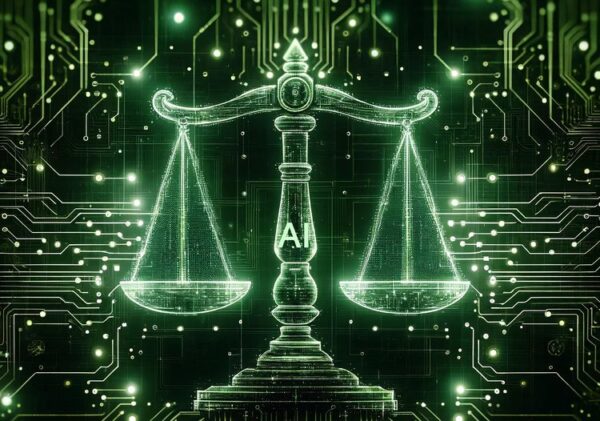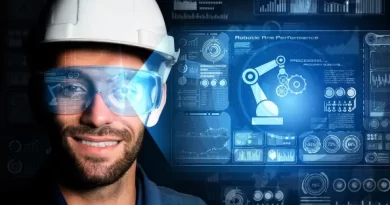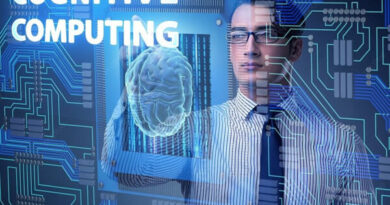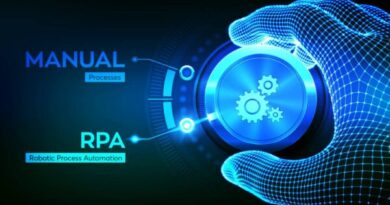Understanding AI Bias: A Deep Dive into the Ethical Challenges of Artificial Intelligence
Artificial Intelligence (AI) has ushered in a technological revolution, transforming industries and everyday life in ways previously unimaginable. From voice assistants to predictive algorithms, AI is embedded in the fabric of modern society. Yet, as this technology grows more powerful and pervasive, a significant and often overlooked issue has emerged: AI bias. It’s not just a technical glitch but a profound ethical concern that shapes how AI impacts human lives. This blog aims to explore AI bias in-depth, dissecting its origins, real-world implications, and potential solutions for a more equitable future.
Defining AI Bias: The Unseen Flaw
AI bias occurs when an algorithm produces systematically prejudiced results due to flaws in its training data or design. Contrary to popular belief, AI is not inherently neutral. Since AI learns from vast amounts of historical data, if that data contains societal biases, the AI will absorb and replicate those biases. This means that rather than mitigating human errors, AI can perpetuate and even amplify them.
For example, AI systems used in job recruitment have been known to favor male candidates over female ones, simply because the training data reflected a workforce that has historically been dominated by men. Similarly, facial recognition technology has faced backlash for misidentifying people of color, as it was trained on datasets that predominantly featured lighter-skinned individuals. These are just a few manifestations of AI bias, but the issue runs much deeper than these isolated cases.
How Does AI Bias Develop?
The roots of AI bias are multifaceted, spanning data collection, algorithm design, and even the broader context in which AI systems are deployed. Below are key elements that contribute to AI bias:
- Historical Data and Social Inequality: AI algorithms often learn from historical datasets, and these datasets are far from neutral. Whether it’s crime records, financial transactions, or employment histories, data often reflects the inequalities and biases of the society it was collected from. If a company has historically hired more men than women for leadership roles, an AI algorithm trained on this data may view male candidates as more “qualified” for such positions. Essentially, the AI learns to perpetuate the status quo.
- Data Imbalance: One of the primary reasons for AI bias is the imbalance in training data. If a facial recognition system is trained on a dataset composed mainly of lighter-skinned individuals, it may struggle to accurately identify people with darker skin tones. This imbalance extends beyond facial recognition to areas like healthcare, where algorithms trained on data from predominantly male populations may be less effective in diagnosing female patients.
- Algorithmic Design and Human Influence: Biases can also be inadvertently introduced during the design phase of an AI system. Developers, whether intentionally or not, may embed their own biases into the algorithms they create. If a development team lacks diversity, the perspectives and experiences that inform their work are likely to be narrow, leading to biased outcomes.
- Feedback Loops: AI systems often create self-reinforcing cycles of bias. In predictive policing, for example, if an algorithm flags certain neighborhoods as “high crime” areas based on biased historical data, more police may be dispatched there. This leads to more arrests in those areas, which in turn provides more “evidence” to the AI that those areas are problematic, perpetuating the cycle of bias.
Real-World Consequences of AI Bias
AI bias doesn’t just exist in the abstract realm of technology—it has real, tangible impacts on people’s lives. Here are a few sectors where AI bias is making waves, for better or worse:
- Healthcare: AI is increasingly being used to assist in diagnostics and treatment plans. However, biased algorithms can lead to dangerous disparities in care. For example, an AI system used to determine eligibility for specialized healthcare treatments may prioritize patients from wealthier areas or racial groups, leaving marginalized populations at risk of receiving inadequate care.
- Criminal Justice: Predictive policing tools and AI-driven sentencing algorithms are being used to assess criminal risk and determine penalties. Unfortunately, these tools often reinforce racial disparities, as they rely on crime data that is already biased against minority communities. This can result in unfair sentencing and over-policing of certain demographics.
- Financial Services: In lending, AI algorithms are used to assess creditworthiness, but biased data can lead to discriminatory practices. Studies have shown that some algorithms are more likely to deny loans to people of color, even when they have the same financial profile as white applicants. This deepens existing economic inequalities, making it harder for minority groups to gain access to capital and build wealth.
- Hiring and Recruitment: AI is frequently used to screen job applicants and even predict their future performance. However, AI systems trained on biased hiring data may systematically favor candidates from certain gender, racial, or socioeconomic backgrounds. This creates an invisible barrier to diversity and inclusion in the workplace, perpetuating homogeneity in industries that are already struggling with representation.
Fighting AI Bias: A Path Forward
Addressing AI bias requires a multi-pronged approach, involving not just technical solutions but ethical considerations, diverse voices, and regulatory oversight. Below are some of the most promising strategies for combating bias in AI:
- Data Diversity and Quality: Ensuring that AI is trained on diverse datasets is critical. This means including data from all demographic groups, across various social, economic, and cultural contexts. More diverse data leads to more accurate and fair AI systems. In addition to diversity, data must also be high-quality—free from errors and inconsistencies that can skew AI decision-making.
- Algorithmic Transparency: AI systems need to be open to scrutiny. Developers should provide transparency into how AI models make decisions, allowing for independent audits and bias detection. By making AI decision-making processes more transparent, we can identify and correct biases before they cause harm.
- Bias Detection Tools: A growing number of tools are being developed to help detect and mitigate bias in AI systems. These tools can be integrated into the development lifecycle, allowing teams to identify potential issues early in the process. Some of these tools focus on measuring fairness in the data, while others assess how AI models behave in different scenarios.
- Human Oversight and Intervention: While AI is becoming more autonomous, human oversight remains essential. Decision-making processes should incorporate human judgment, especially in high-stakes situations like healthcare or criminal justice, where biased AI outcomes can have life-altering consequences. Humans must remain in the loop to override or challenge AI decisions when bias is detected.
- Promoting Diversity in AI Development: Diverse teams lead to more inclusive solutions. By including individuals from different backgrounds—ethnically, culturally, and experientially—in the AI development process, we can create systems that better understand and represent the complexities of the world they are being designed for.
The Ethical Imperative: Moving Toward Fair AI
AI is a reflection of the society that creates it, and as such, it carries the same imperfections. Addressing bias in AI is not just a technical challenge but a moral one. The power of AI can only be fully realized when it works for everyone, not just a select few. Achieving this requires a collective effort from developers, policymakers, and the public to ensure that fairness, transparency, and accountability are built into every AI system.
As AI continues to evolve, so too must our approach to tackling bias. The future of AI holds immense potential to solve complex problems and improve countless aspects of our lives. However, if we fail to address bias, we risk deepening societal divisions and perpetuating injustice. By acknowledging and confronting AI bias now, we can pave the way for a more inclusive and fair technological future.
Addressing AI bias is not just about fixing a flaw—it’s about building a more just world where technology serves all of humanity equally.





